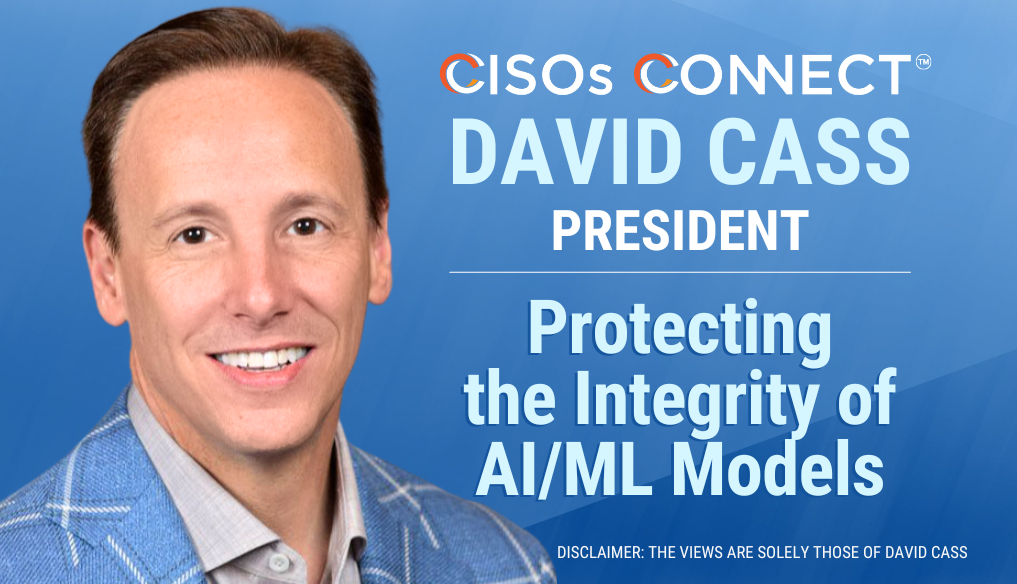
One of the most critical components for artificial intelligence and machine learning modeling is testing and validation.
Because these models can have such a critical impact on our lives, you want to be able to identify and correct errors, anomalies and biases early. You want to be able to validate the model against predefined benchmarks that were established during the design stage, and make sure it can handle real-world scenarios before you release it to the real world.
You also need testing and validation to gauge regulatory compliance and risk management.
Various types of testing need to be performed in an AI/ML development lifecycle:
Unit testing: Test the individual components of the AI/ML system in isolation. Check edge cases for unexpected results when handling inputs, and check outputs against expectations.
Integration testing: While different modules or components of the system may work well in isolation, unexpected things may happen when they are grouped together. Integrate the components one by one to test their interoperability.
Then validate that the information you expect to be flowing between the interconnected components is actually flowing. For example, is the data retrieval component fetching the right data? Is the algorithm processing data correctly, and is the output appropriate for the entire data stream?
Stress testing: Gauge how the system performs under extreme conditions such as high volumes of data or requests, monitoring it for latency, error rates and resource utilization. If you have a natural language processing model or a chat bot, you might want to simulate it to take thousands of simultaneous user requests. Can it maintain performance? What does it do when it starts to bottleneck? Does it drop things, or is there some ordered way that it’s handling it?
User acceptance testing: This is the stage where actual users start testing it in a real-world environment. Subject a diverse group of users to any kind of realistic scenario and task that the model was designed for.
Before embarking on the testing, it is crucial to establish best practices for implementing the tests.
Automation is key. Use any kind of automated testing frameworks where possible so you can streamline the process and conduct recurring tests efficiently. These automated tools exist, so you don’t have to develop them yourselves.
The next part is something that organizations tend to struggle with: version control. Make sure to maintain versions of your models and data sets so you can track back results if a new version or data set is acting differently from predecessors.
From a regulatory point of view, it is also important to keep a comprehensive log for auditability and compliance.
The last part in the testing regime is setting up the model for continuous monitoring after it is deployed. The system needs to be continuously monitored not just for performance, but to make sure that if there’s any bias or drift, then someone can catch it early and retrain the model.
Rigorous testing and validation is critical in the development of AI and ML. It’s not something that should be optional. Adherence to testing procedures helps to make sure that the model is reliable, robust and staying within ethical and operational guidelines.
